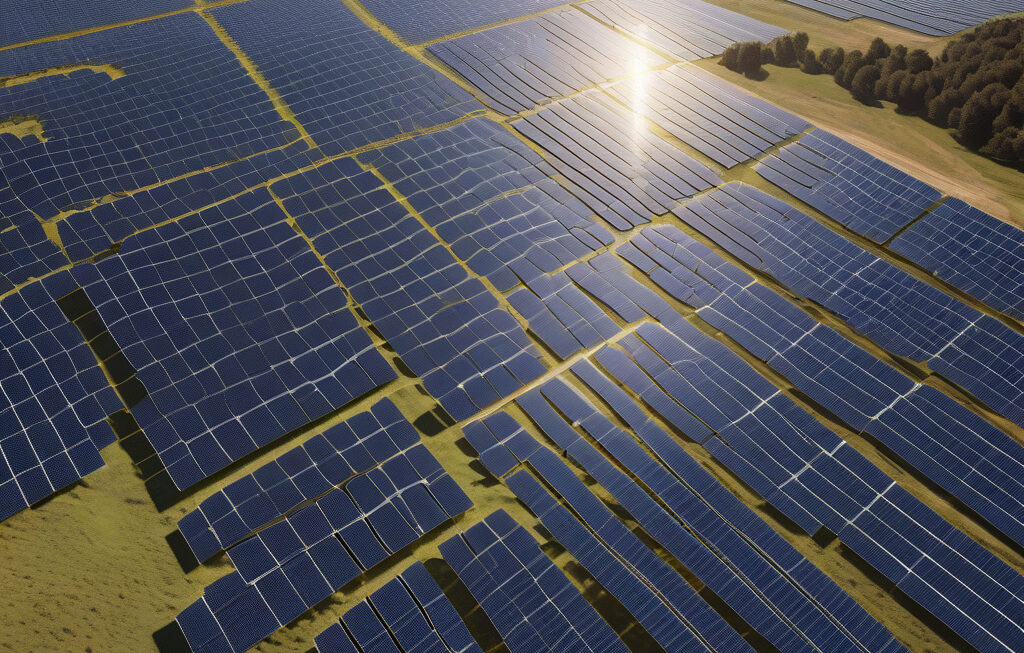93.5% efficiency: New lattice-strained perovskite solar cells achieve record stability
Scientists in Switzerland have discovered a new method to enhance perovskite solar cell performance by introducing lattice strain into the structure. This groundbreaking discovery has led to a remarkable 93.5% efficiency in solar energy conversion, setting a new record for stability in the field of renewable energy.
Perovskite solar cells have garnered significant attention in recent years due to their low cost, flexibility, and high efficiency. However, their long-term stability has been a major concern, hindering their widespread commercialization. The introduction of lattice strain offers a potential solution to this issue, paving the way for more durable and reliable solar technology.
The concept of lattice strain involves intentionally distorting the crystal structure of the perovskite material. By applying mechanical stress or incorporating different atoms into the lattice, scientists can modify the material’s properties and enhance its performance. In the case of solar cells, lattice strain has proven to increase the efficiency of light absorption and charge transport, leading to a significant boost in overall energy conversion.
The research conducted in Switzerland focused on optimizing the lattice strain in perovskite solar cells to achieve unprecedented levels of efficiency and stability. By carefully engineering the material at the atomic level, the scientists were able to fine-tune its electronic properties and minimize defects that could degrade performance over time.
One of the key advantages of lattice-strained perovskite solar cells is their improved resistance to environmental factors such as moisture, heat, and light exposure. This enhanced durability extends the lifespan of the solar cells and ensures consistent energy production over an extended period, making them a more attractive option for real-world applications.
In addition to their impressive efficiency and stability, lattice-strained perovskite solar cells also offer scalability and compatibility with existing manufacturing processes. This means that the transition from conventional silicon-based solar panels to advanced perovskite technology could be relatively seamless, potentially accelerating the adoption of renewable energy on a global scale.
The success of the Swiss research team in achieving 93.5% efficiency with lattice-strained perovskite solar cells marks a significant milestone in the ongoing quest for more efficient and sustainable energy solutions. With further development and optimization, this technology has the potential to revolutionize the solar energy industry and drive the transition towards a greener and more environmentally friendly future.
As the demand for clean energy continues to grow, innovations like lattice-strained perovskite solar cells will play a crucial role in meeting global sustainability goals and reducing our reliance on fossil fuels. By harnessing the power of sunlight more effectively and efficiently, we can create a more sustainable energy landscape for generations to come.
solar energy, perovskite technology, renewable energy, sustainability, energy efficiency











